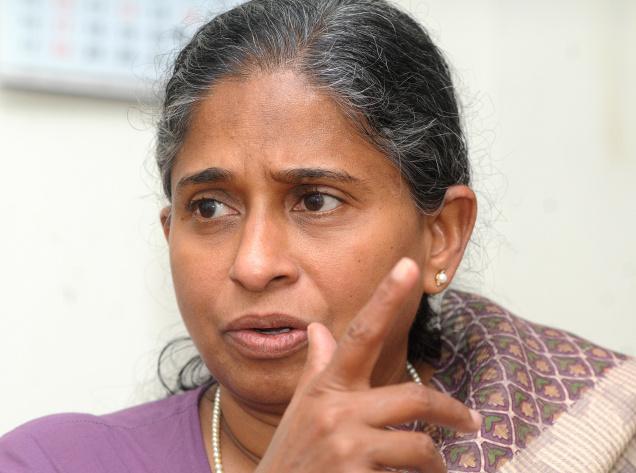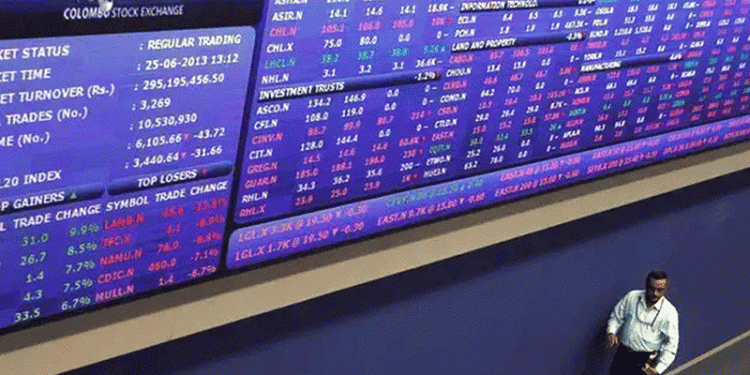The crisis in the Indian natural rubber market mirrors the international trend, says Sheela Thomas, Secretary General, Association of Natural Rubber Producing Countries. Only an increase in international prices, she tells BusinessLine, can improve the situation in the domestic market.

What has led to the crash in natural rubber prices in India?
Indian natural rubber market is integrated to the international market, as no quantitative restriction exists on imports or exports.
Continued fall in natural rubber prices in the international market since 2013 is due to various factors. The prominent among them is global economic slowdown particularly in China, which accounts for about 40 per cent of the global demand. Although the US, and Euro zone countries are on a recovery path, slowdown continues in China and other developing countries in Asia. Large-scale planting undertaken during 2005-2010 has led to substantial expansion of yielding area during the last couple of years. It is mainly due to the low prices that currently the global supply remains almost stagnant. Once prices improve and become attractive to farmers, it can unlock more supply.
What has been the impact of low crude prices?
Consequent to the sharp fall in crude oil prices from the level of around $140 a barrel to $40, petroleum-derived synthetic rubber has become more attractive. Low oil prices prompt speculative investors to bet on possible substitution from natural rubber to synthetic rubbers, thereby exerting downward pressure on natural rubber prices.
Currencies of the major exporting countries (Thailand, Indonesia and Malaysia) have sharply devalued during the last couple of years.
The devalued local currencies have made natural rubber-exporters in these countries price-competitive.
How much of the price rise before 2011 was speculative?
One of the factors that helped rubber prices to scale unprecedented peaks during 2011 was the high level of speculation. Speculative funds enjoy a profound influence in determining commodity prices and natural rubber is no exception.
Speculative funds switch from commodities to US dollar, thinking that the US Federal Reserve might hike interest rates. This results in continuous fall of global commodity prices and natural rubber tracks the general trends in commodity prices.
Do you believe that imports are responsible for the present state of affairs in India?
It is possible to link imports with market prices, only if the economy is a closed one. A country, which is a member of WTO, is not permitted to reinstate quantitative restriction on imports. As far as trade remains free, imports take place according to market forces, just like water follows the law of gravity, flowing from from high to low altitude.



























